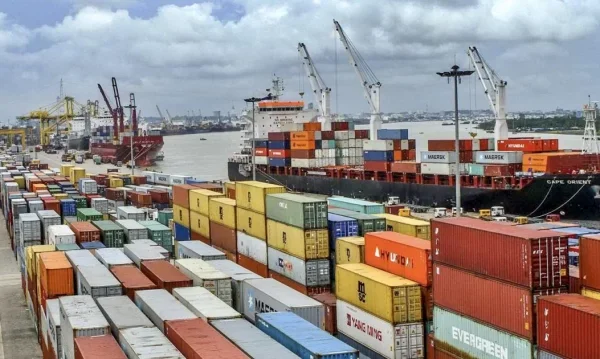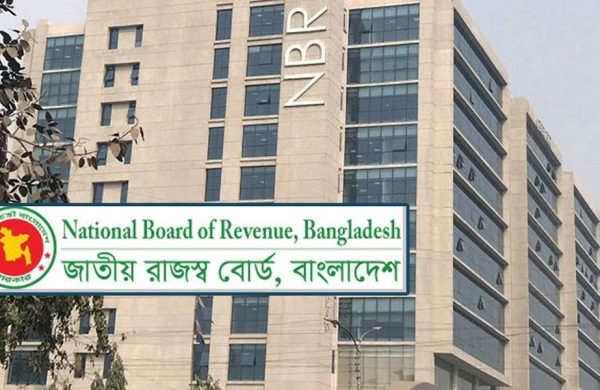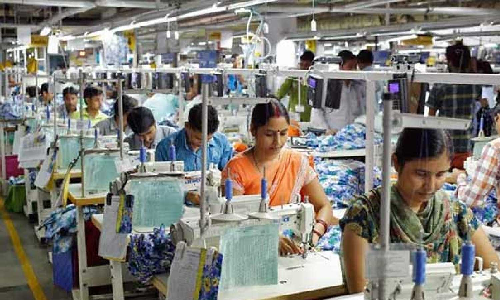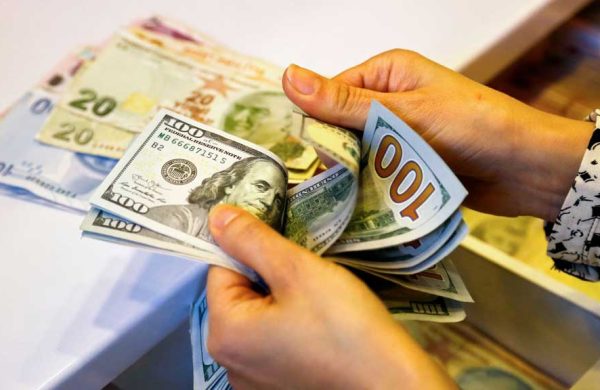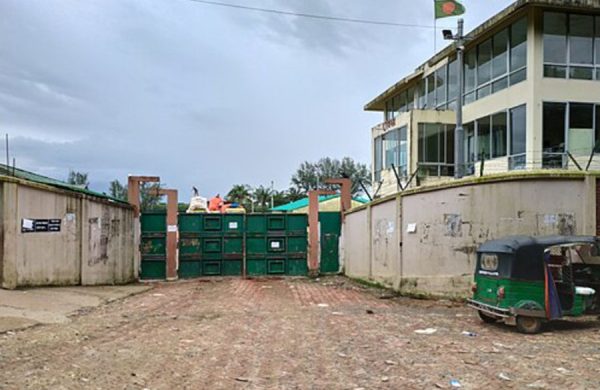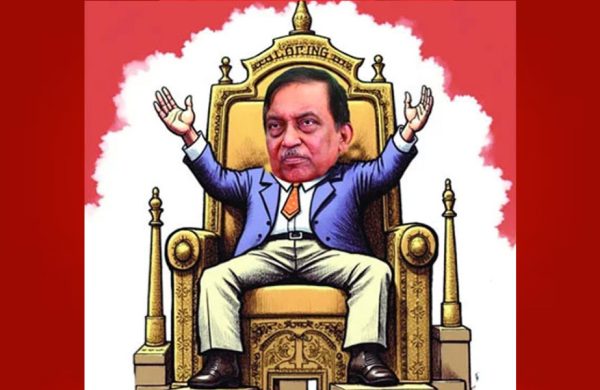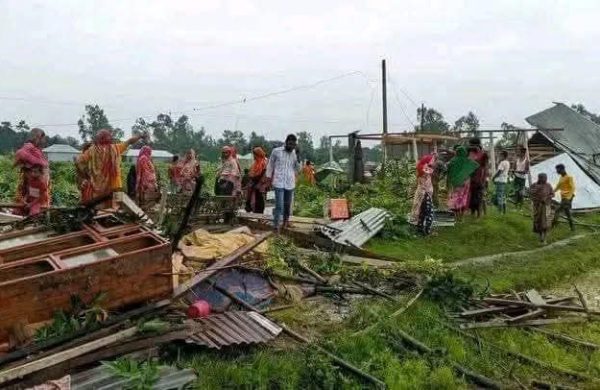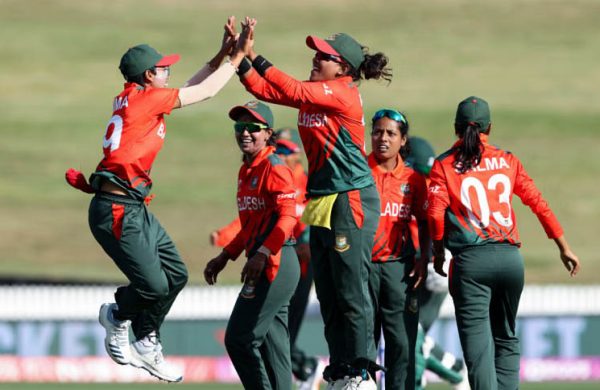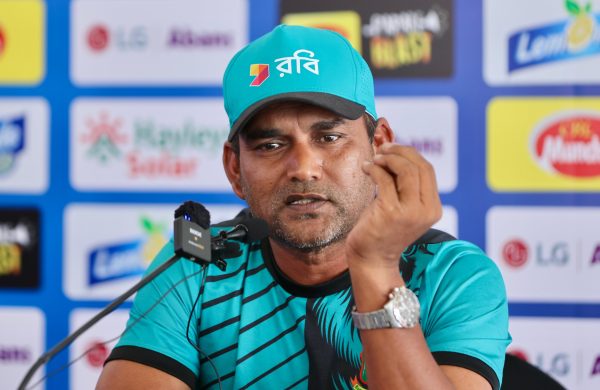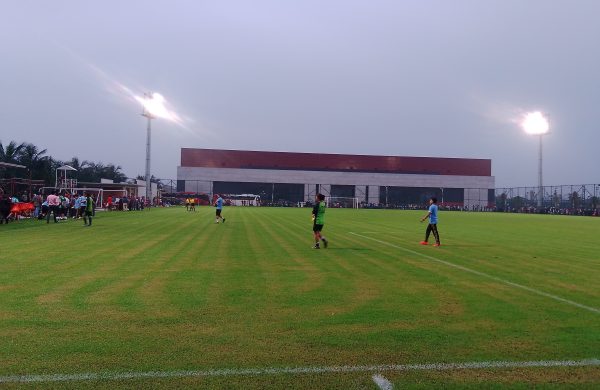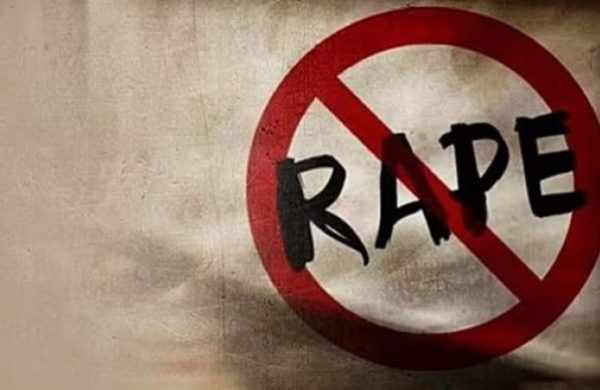Bangladesh’s banking sector strained by structural problems
- Update Time : Tuesday, July 15, 2025
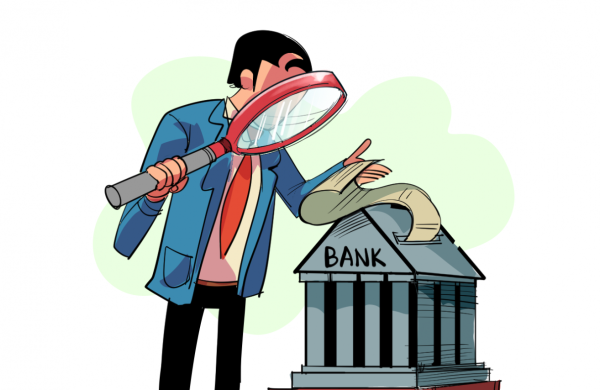
TDS Desk:
High credit risks, its fragmented system, and weak governance of select lenders will continue to plague Bangladesh’s banking industry, according to S&P Global Ratings.
The industry also faces weak liquidity, particularly some Islamic banks; and capital shortfalls in several state-owned and Islamic banks, the ratings agency said in its 2025 midyear outlook, according to the Asian Banking and Finance.
S&P expects the banking industry’s weak profitability to continue, and for asset quality strains to extend through 2026.
Bangladesh’s banking industry continues to grapple with structural problems stemming weak lending standards and foreclosure laws, said Shinoy Varghese, primary credit analyst, S&P Global Ratings.
“State-owned banks still hold substantial amounts of weak assets. Non-renewals of legacy credit lines, coupled with defaults on rescheduled loans, reveals the underlying vulnerability of borrowers’ cash flows,” Varghese said.
Recent policy initiatives such as stricter classification norms for past due loans, tighter renewal criteria and enforcement of willful defaulter definitions have all led to further recognition of stressed assets, he added.
This short-term pain will improve transparency in line with international norms, however.
“Rates could stay high through 2026 and continue to dampen credit demand. But net interest margins (NIMs) will benefit from this as well as the commencement of the market-based lending rates regime,” Varghese wrote.



